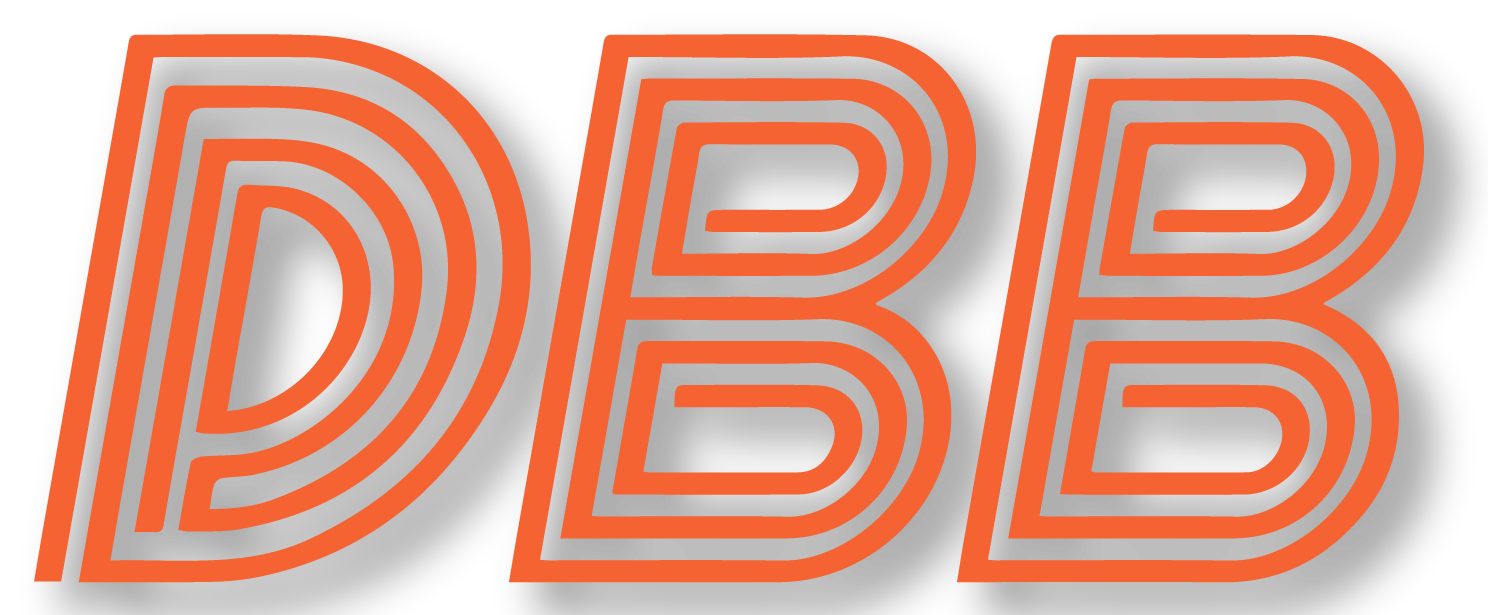Recently, I looked at Andy Dalton and found that he is not likely going to improve on the production the Bears got from their QBs in 2020. That means any improvement in the QB room likely has to come from rookie Justin Fields.
This is a more difficult projection to make because Fields doesn’t have years of NFL production to look at for an apples-to-apples comparison like I did with Dalton. Instead, I’m going to look at all rookies drafted in the last 10 years (2011-20 drafts) who attempted at least 300 passes in their rookie NFL season, with the idea being they played the majority of the year. This gives a sample size of 29 QBs; how many of them performed better than Chicago’s QBs in 2020?
The Setup
To do this comparison, I’m going to look at 3 stats, which I want to briefly explain here:
- Yards per attempt + (Y/A)+. Yards per attempt is a simple enough metric, but the + indicates it is adjusted for era. Since this is comparing QBs over a 10 year sample, and league-wide yards/attempt has fluctuated year-by-year, this scales them all accordingly. 100 is a league average mark, anything higher is better and lower is worse.
- Adjusted net yards per attempt + (ANY/A+). This takes yards/attempt and factors in touchdowns, interceptions, and sacks, and then scales according to league averages that year. A full explanation of the formula for adjusted net yards/attempt (which is from Pro Football Reference, just like Y/A+) can be seen here. The scaling is the same as Y/A+ above; 100 is average, and higher is better.
- Expected Points added (EPA/Dropback). This attempts to account for the value of each individual play by comparing expected points on the drive (based on down, distance, and field location) at the start and finish of a play. Generally speaking, higher values here indicate that QB’s team is expected to score more points over the course of the season. A more detailed explanation can be found here. EPA data is pulled from this website.
The idea here is simple enough: how many of the 29 rookie QBs in the last 10 years with 300+ pass attempts have outperformed Chicago’s QBs from 2020? I also threw Andy Dalton’s 2020 season in just as a point of reference. Full data can be viewed here.
Results
The table below shows how the Bears did in all 3 stats in 2020, how Andy Dalton did in all 3 stats in 2020, the average for all 29 rookies in the sample, and the number of rookies who outperformed the better of the 2020 Bears/2020 Dalton in each stat.
A few thoughts:












